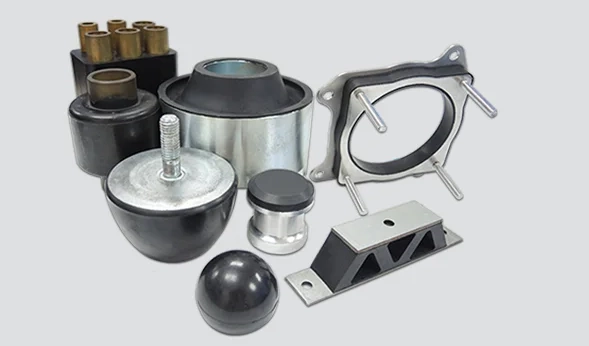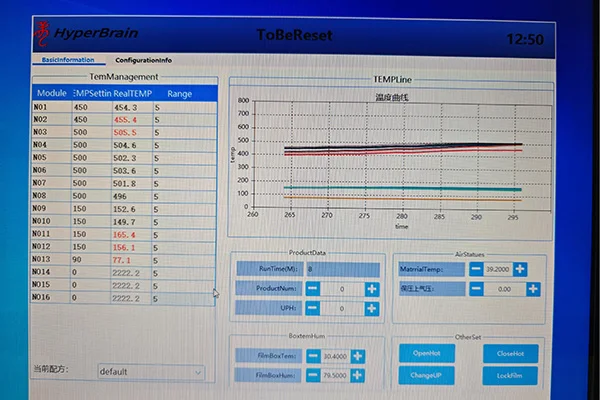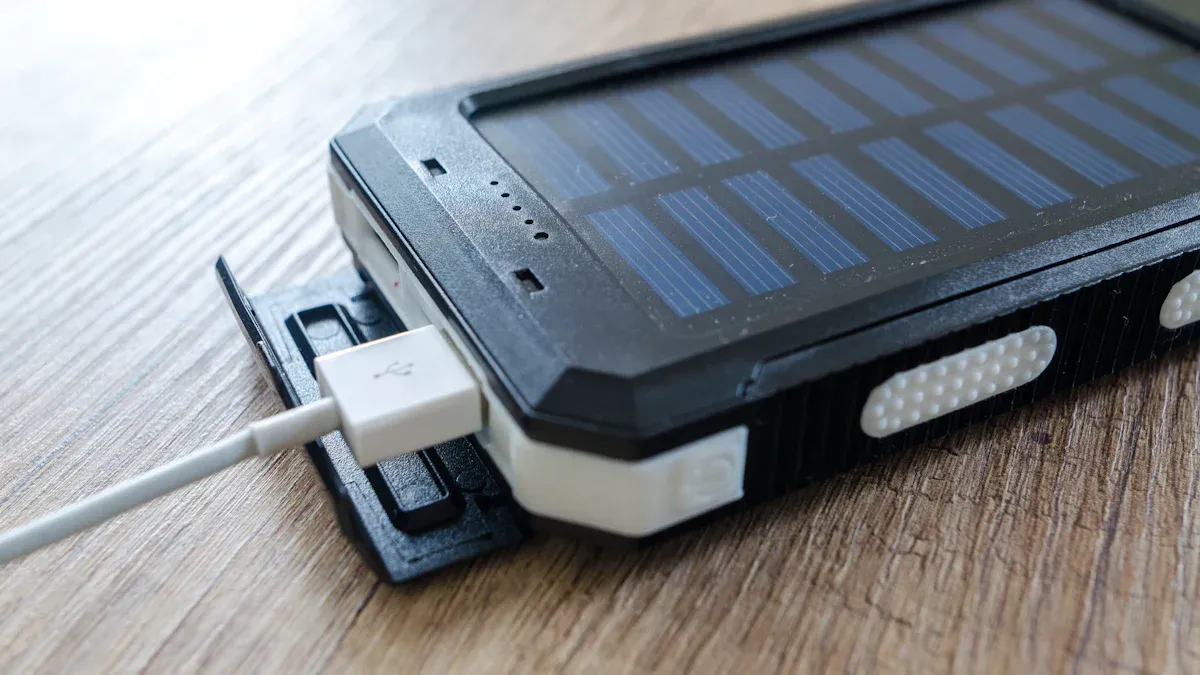Ink Tank vs. Laser Printer: Decoding the Best Choice for Your Printing Needs
In the ever-evolving landscape of printing technology, consumers are often faced with a pivotal question: Which is better, an ink tank or a laser printer? This inquiry is not merely about choosing a device; it encompasses considerations of cost, efficiency, print quality, and environmental impact. In this article, we will delve into the intricacies of both printing technologies, providing a comprehensive analysis to help you make an informed decision.
Understanding the Basics: Ink Tank vs. Laser Printer
Before we dive into the comparative analysis, it's essential to understand the fundamental differences between ink tank and laser printers.
Ink Tank Printers utilize a system of refillable ink tanks that can hold a significant amount of ink, allowing for high-volume printing without the frequent need for cartridge replacements. They are particularly favored for their ability to produce vibrant color prints, making them ideal for photo printing and graphic-heavy documents.
Laser Printers, on the other hand, employ a different mechanism. They use toner cartridges filled with powdered ink, which is fused onto the paper using heat. This technology is renowned for its speed and efficiency, particularly in producing text-heavy documents. Laser printers are often the go-to choice for businesses that require high-volume printing with minimal downtime.
Cost Analysis: Initial Investment vs. Long-Term Expenses
When evaluating which printer is better, the cost is a significant factor.
Initial Investment: Ink tank printers typically have a lower upfront cost compared to laser printers. However, the price of ink tanks can add up, especially if you print frequently. Conversely, laser printers usually have a higher initial price but come with toner cartridges that last longer, reducing the frequency of replacements.
Long-Term Expenses: In terms of cost per page, laser printers often emerge as the more economical option. The toner used in laser printers can yield thousands of pages, while ink tank printers, despite their high-capacity tanks, may still incur higher costs for color printing. For businesses or individuals who print in bulk, the lower cost per page of laser printers can lead to significant savings over time.
Print Quality: Color vs. Monochrome
Another critical aspect to consider is print quality, which varies significantly between the two technologies.
Ink Tank Printers excel in producing high-quality color prints. The liquid ink allows for a broader color gamut, resulting in vibrant images and smooth gradients. This makes ink tank printers particularly suitable for photographers, artists, and anyone who prioritizes color accuracy and detail.
Laser Printers, while traditionally known for their superior text quality, have made significant strides in color printing. However, they may not match the vibrancy of ink tank printers when it comes to photographic prints. For users primarily focused on text documents, laser printers provide sharp, crisp output that is often preferred in professional settings.
Speed and Efficiency: Who Wins the Race?
Speed is another critical factor that can influence your decision.
Laser Printers are generally faster than ink tank printers, especially when it comes to printing large volumes of text documents. They can produce pages at a rapid pace, making them ideal for busy office environments where time is of the essence.
Ink Tank Printers, while improving in speed, may still lag behind laser printers in terms of overall efficiency. They tend to take longer to print color documents, particularly when high-quality settings are selected. For users who require quick turnaround times, laser printers are often the more practical choice.
Environmental Impact: Sustainability Considerations
In today's eco-conscious world, the environmental impact of printing technology cannot be overlooked.
Ink Tank Printers have made strides in sustainability, with many models featuring refillable tanks that reduce waste compared to traditional cartridge systems. Additionally, the liquid ink used in these printers is often less harmful to the environment than the toner used in laser printers.
Laser Printers, while efficient in terms of energy consumption, can contribute to plastic waste through their toner cartridges. However, many manufacturers are now offering recycling programs to mitigate this impact. When considering environmental factors, it's essential to evaluate the specific models and their sustainability initiatives.
Conclusion: Making the Right Choice for Your Needs
Ultimately, the decision between an ink tank and a laser printer hinges on your specific printing needs and preferences. If you prioritize vibrant color prints, lower initial costs, and are willing to manage ink expenses, an ink tank printer may be the better choice. Conversely, if you require high-speed, high-volume printing with lower long-term costs, a laser printer is likely the more suitable option.




